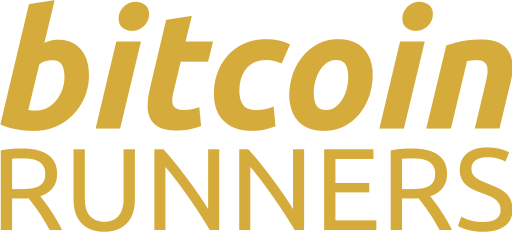Up the Clock - VO2max Method
This VO2 max timed training method is based on intervals of fast running and recoveries.
Not only will it adapt to your cardiovascular system for harder workloads, it will help you run more efficiently and while developing pacing strategies.
Perform this training at least once or twice a month as part of a balanced training program.
Equipment & Venue
This session is ideally performed on a flat obstacle free surface suitable for fast running, such as a field, track or traffic free road/path.
Wear hi-visibility clothing appropriate for the weather.
Warmup (10 minutes)
Loosen up any tightness for five minutes with dynamic exercises such as leg swings, arm swings, squats, high knee raises, dynamic lunges (forward and back). Include at least five minutes of running starting easy and gradually increasing in intensity. Finish the warmup with strides (short bursts of speed) as you prepare your body for the main session.
Main Session (~40 minutes)
Start with a 1 minute running interval and work up to 5 in 1 minute increments, and then back down to 1. I.e. (1, 2, 3, 4, 5, 4, 3, 2, 1).
Your pace should be comfortably hard (~70% effort): You should not be able to say more than a couple of words while running.
The recoveries between intervals (,) last for half of the running interval time. I.e. The rest after 3 minutes of running lasts for 1.5 minutes.
For reference the session time, if followed according to the instructions above, is 37.5 mins.
Cool Down (10 minutes)
Perform at least 10 minutes of cool down stretches.
Coaches Tips
Maintain a consistent pace for each rep according to the length. I.e. don’t set off too quickly at the beginning of each interval.
An ‘active recovery’ is best where you walk, or jog between intervals. Make full use of it.
Pair up with a partner to share the experience. It’s much easier and more fun to train with someone else. If you want to improve, train with someone slightly quicker.
Run with good form. Check posture, foot fall, heal raise, hip stability, arm motion, head position etc.
